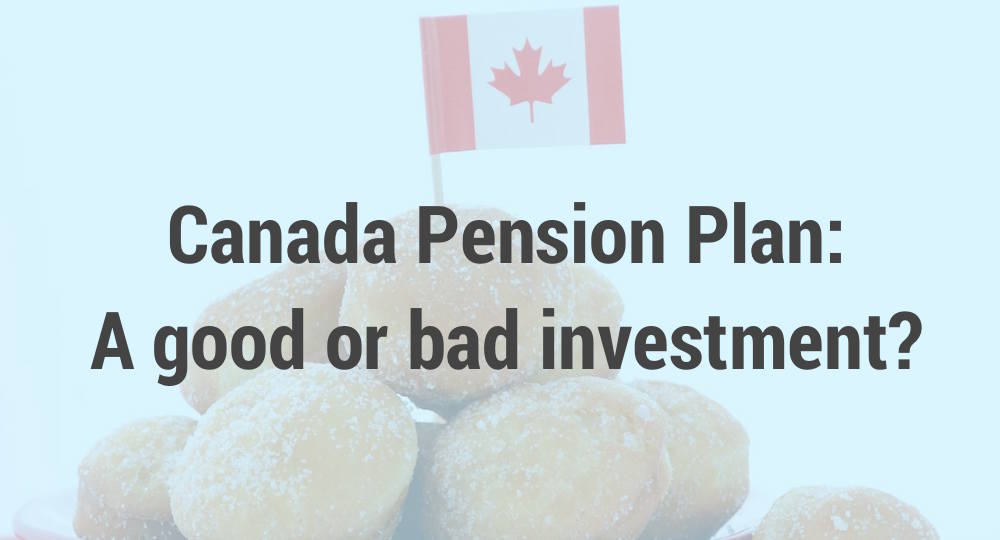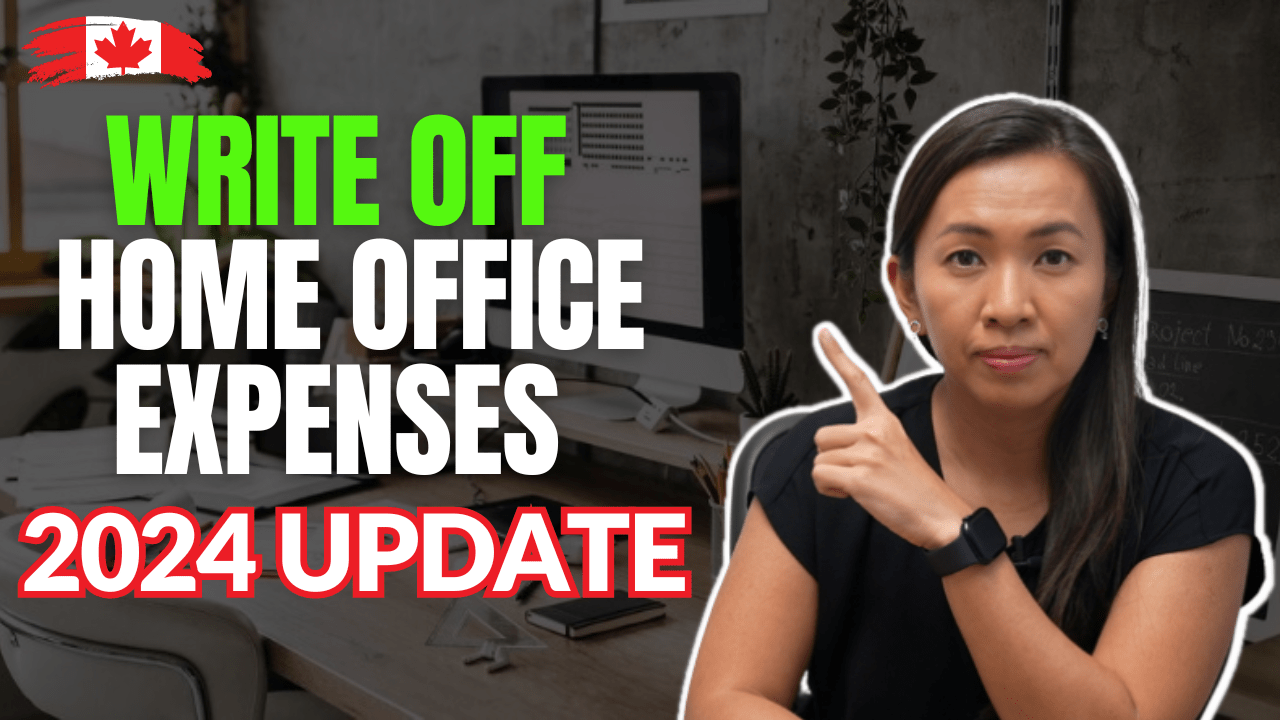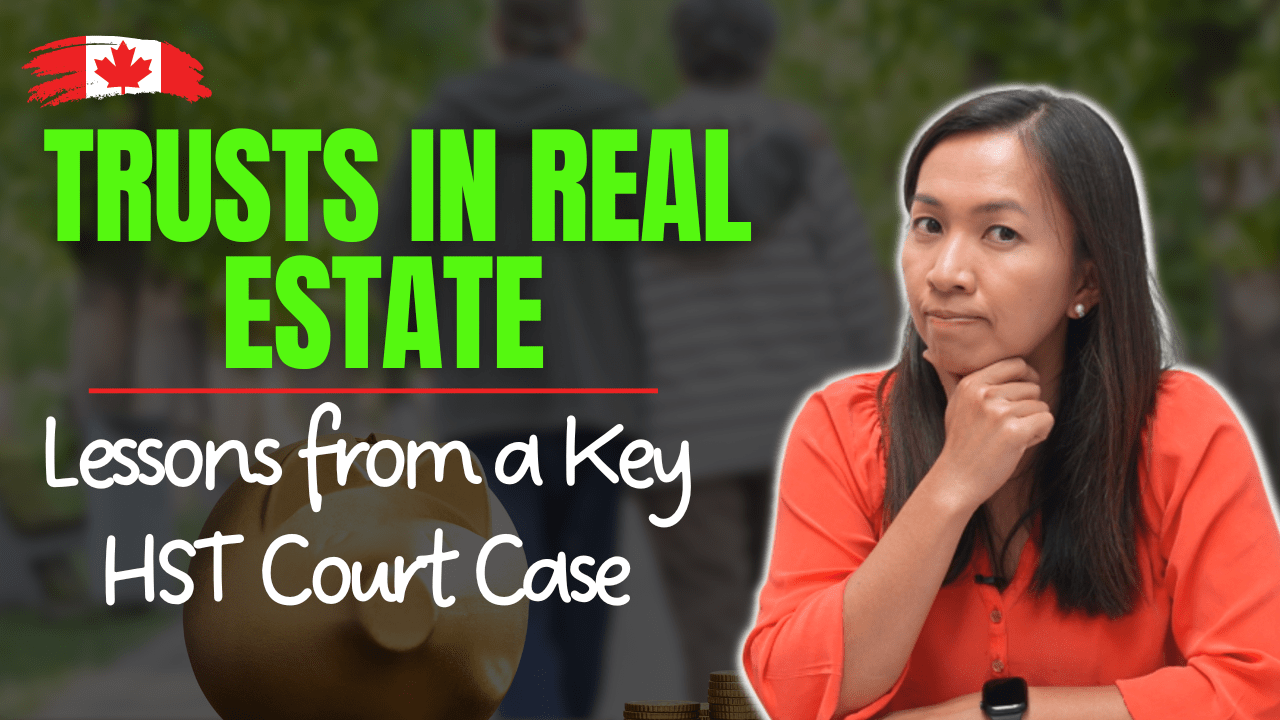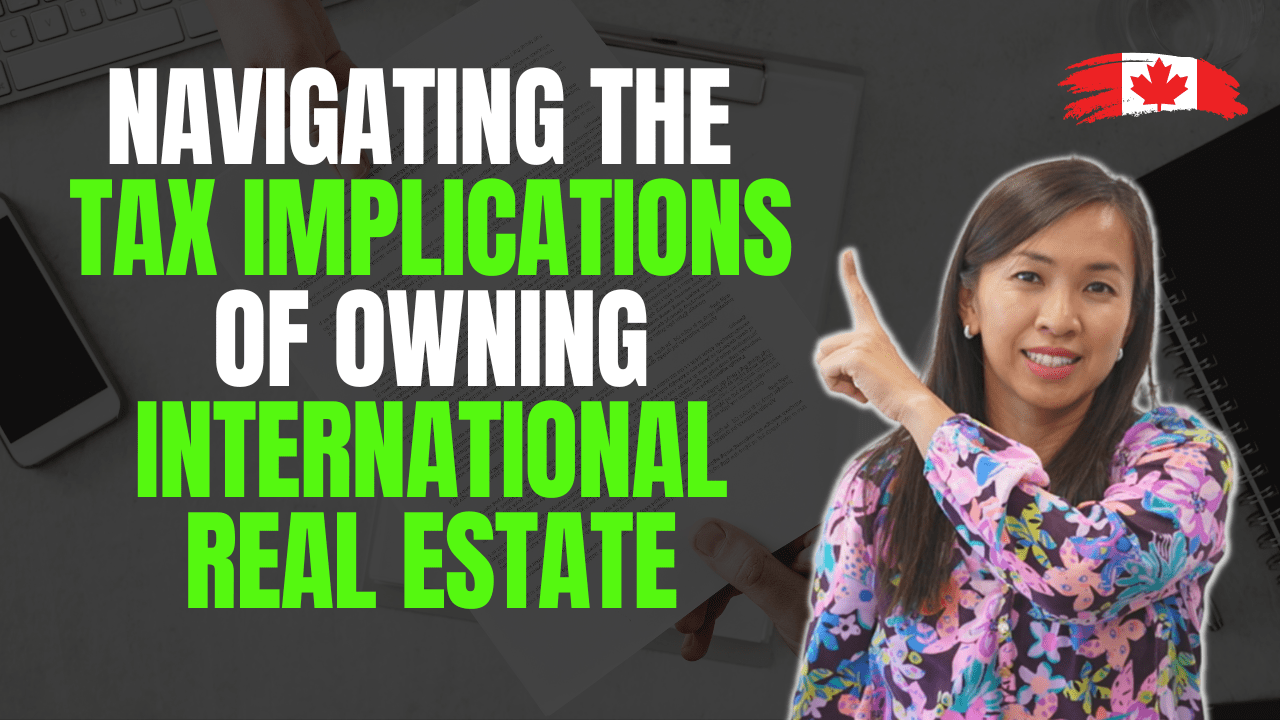I’ve been doing cross-fit for three years on and off. I still consider myself a beginner but I have to say, I’m a more experienced beginner now than a couple years back. There’re still lots of movements that I can’t do, such as handstand push-ups and pull-ups.
Every year, Cross-fit hosts an open workout competition that everyone can participate in. It’s a five week competition whereby they announce the workout that each one needs to do every Thursday. We, on the other hand, would have until end of day Monday to enter our score.
In the past few years, my husband Erwin has always participated. I was really too behind in my ability that I felt that there was no point participating in it.
For those of you who have followed my blog post for a while, I’ve shared with you before that my goal for 2017 is to try something new every week.
Participating in this open workout fits perfectly with my goal this year. ?
Sure enough, one of the workouts required me to do 16 pull ups. It was my goal last year to do multiple pull ups but I failed at it. I did still try it but I just couldn’t do it.
Famous business coach Brian Tracy said, “there’s no unrealistic goal, only unrealistic timeline.” I just need a bit more time to get to this goal!
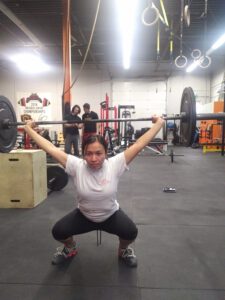
Another workout required me to do squat snatches with a barbell with increasing weights. If you don’t know what a squat snatch movement is, please look at me in the picture here. (Please excuse my crappy workout attire. Most people have nicer workout clothes than me.)
Both snatch and overhead squat are very technical movements. When combining them with weights and multiple repetitions, they got a lot more difficult exponentially.
It was fun to suffer through these workouts, enter our score, and ranked at the bottom of my division.
Next year, I will have a benchmark to compare myself. Success is measured in inches, not miles. ?
Now onto this week’s topic –
The majority of us are required to contribute to the Canada Pension Plan (CPP) – whether you are self employed, own your own business or an employee.
It is calculated as 4.95% of your pensionable earnings with a maximum of $51,800 contributory earnings and $3,500 basic exemption in 2017.
Employer will make the same amount of contribution.
For those of you who earn a salary, CPP is a deduction against your income. If you make $80,000 salary, you will be contributing $2,564.10 to CPP and your employer will also be contributing $2,564.10 to your CPP.
For those of you who earn a salary less than $51,800, say $40,000, you can calculate your CPP payable by multiplying the difference between your salary and the $3,500 exemption with 4.95%.
For the self-employed individuals (sole proprietorship), you are your own employer. You make the employee contribution and you make the employer contribution as well. Yep, double the contribution. In 2017, this means $5,128.20 contribution required.
You may notice that you’ve never officially submit anything for your CPP contribution but it is calculated at your annual T1 personal tax returns filing.
For those of you who own a small business inside a corporation, depending on whether you pay yourself in salary or dividend, you may or may not be charged with this CPP contribution.
Dividend is not considered pensionable earnings and hence not subject to CPP contribution.
Salary is considered pensionable earnings, the corporation will pay the employer’s contribution and you will be subject to your own portion of CPP.
What do you really get from your contribution to CPP?
You can apply to receive a full CPP retirement pension at age 65 or receive it as early as 60 with a reduction, or as late as 70 with an increase.
In 2017, maximum payment amount is $1,114.17 monthly if you retire at age 65. The amount will be indexed to increase every year.
You will receive this monthly benefit for life, from the moment you apply to the moment you pass away or even beyond if you have a surviving spouse.
If you become disabled, you may also be qualified to claim CPP Disability benefit, up to a maximum of $1,313.66 monthly before you turn to age 65.
The amount you will receive really depends on how much you have contributed and how long you have been contributing at the time when you become eligible.
What does it mean from an investment point of view?
If you are an employee, you don’t really have a choice. Your contribution is only half of what the self employed and those who own their own business.
You can stop here as the rest of the article won’t apply to you.
For those of you, such as realtors, who own their businesses in their personal name, and for those small business owners who pay themselves a salary, you pay double of what regular employees are paying.
The difference is that you have a choice!
You can choose to make this $5K payment annually, or you can choose to pay yourself a dividend, when incorporated to eliminate this extra layer of government contribution.
If you work from age 25 to 65 and make maximum CPP contribution for 40 years, $5,128.20 at 2017’s maximum, you would have made $205,128 in total.
If you receive maximum benefit from 65 till 80 years old, which is the average life expectancy here in Canada, you will have received $200,551 benefit for 15 years (based on 2017 maximum benefits).
You are losing money in this CPP contribution game.
Of course, if you live longer, you can be ahead of the game in a $ for $ basis.
But what if you are saving this $5K and investing it somewhere else and generate a return of 10% a year?
What if you do that for the same 40 years?
Setting aside $5K each year for 40 years and consistently invest in something that will generate 5% return on investment, compounded annually, will give you $634K when you turn age 65.
3% return on investment compound annually will give you $388K when you turn 65.
10% return on investment compound annually will give you $2.4M when you turn age 65.
Just slightly better than the rate of return provided by our government. ; )
Now, can you avoid paying CPP?
If you are self employed individuals who own your businesses in your own name, consider incorporating your business, pay yourself a dividend instead. Save the extra $5K in an investment account and look for appropriate investments.
If you already own your business in a corporation, consider paying yourself a dividend instead of a salary.
There are many reasons to pay yourself a salary to maximize tax deductions, but at the same time, some small business owners pay themselves a salary without considering the impact of CPP, thinking that it’s not some form of taxes.
Revisit the form of payment from the corporation to yourself at least annually. Make sure you understand the pros and cons of taking out salary vs. dividend.
Until next time, happy Canadian Real Estate Investing.
Cherry Chan, CPA, CA
Your Real Estate Accountant
